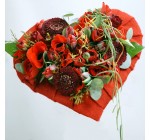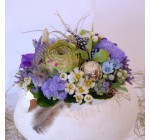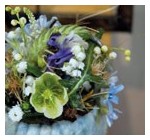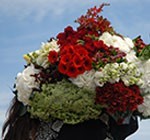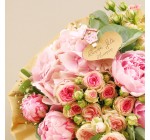Catégories
Search in blog
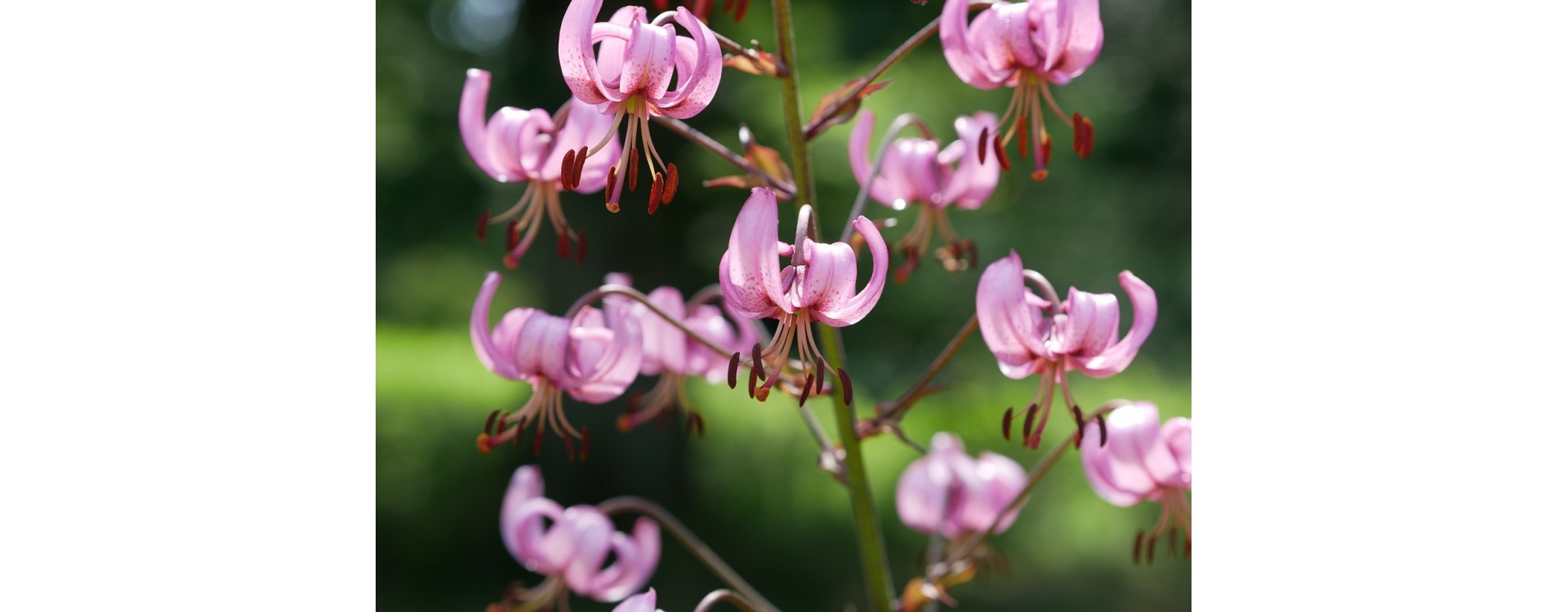
The emblematic native flowers of Switzerland and their uses
Switzerland is renowned for its natural beauty, breathtaking alpine landscapes, and floral diversity. Native flowers play a crucial role in the Swiss ecosystem and are also valued for their symbolism and benefits. In this article, we will explore some of them.
Introductions to Some of the Most Iconic Flowers in Switzerland and Their Uses
Edelweiss (Leontopodium nivale)
Edelweiss is arguably the most iconic flower in Switzerland. It grows in alpine regions and is characterized by its small, fuzzy white flowers, often considered a symbol of purity and beauty. The Edelweiss plant has various uses, primarily in cosmetics, crafts, and symbolism. Here are some examples of the different types of Edelweiss uses :
.jpg)
- Cosmetics: Edelweiss is used in the cosmetics industry for its beneficial properties for the skin. It is often incorporated into creams, lotions, and skincare products for its antioxidant and soothing properties. It is renowned for helping to moisturize, protect, and regenerate the skin.
- Perfumery: Edelweiss is also used in perfumery for its delicate fragrance and characteristic scent. It can be used as an ingredient in perfume compositions, adding a unique and subtle floral note.
- Crafts and Souvenirs: Due to its beauty and symbolism, Edelweiss is often used in the crafting of handmade products and souvenirs in Switzerland. It can be found in the form of jewelry, decorations, illustrations, or traditional items.
- Symbolism: Edelweiss is considered an iconic symbol of the Swiss Alps and is often associated with values such as purity, rarity, and courage. It is frequently used in communication and marketing to represent Switzerland and its alpine landscape.
- It is worth noting that Edelweiss is a protected plant in many countries, including Switzerland, due to its rarity and the need to preserve its natural population. Therefore, it is important to source Edelweiss-based products from reliable and responsible sources. At Bouvard Fleurs, we do not sell Edelweiss, but we have a wide selection of flowers available for delivery.
Yellow Gentian (Gentiana)
- There are different types of gentians, all belonging to the genus Gentiana. Among the most well-known are yellow gentian (Gentiana lutea), alpine gentian (Gentiana alpina), and Koch's gentian (Gentiana Kochiana). Yellow gentian is one of the most widespread species and is valued for its roots used in the production of liqueurs and bitters. It is characterized by its bright yellow flowers and long flowering period. Yellow gentian (Gentiana lutea) offers various uses, including culinary, medicinal, and artisanal. Here are some examples of the different possible uses of yellow gentian :

- Liqueurs and Bitters: The roots of yellow gentian are used in the production of traditional liqueurs, such as the famous "Suze" in Switzerland. They impart a characteristic bitter and aromatic flavor to alcoholic beverages. Yellow gentian is also used in the production of bitters, key ingredients for cocktails and aperitifs.
- Digestifs: Yellow gentian is renowned for its digestive properties. It is used in the composition of many digestifs to stimulate appetite, facilitate digestion, and relieve gastrointestinal issues such as bloating and stomachaches.
- Traditional Medicine: The roots of yellow gentian are used in traditional medicine for their medicinal properties. They are known for their tonic, stimulant, and digestive effects. They can be used to treat certain digestive disorders, improve appetite, and alleviate liver issues.
- It is important to note that yellow gentian is a protected plant in certain regions due to its rarity and the need to preserve its natural population. Therefore, it is advisable to source products based on yellow gentian from reliable and responsible sources.
Martagon Lily (Lilium martagon)
- Martagon lily is a perennial plant with pendant flowers in pink or purple hues. It is mainly found in forests and mountain pastures in Switzerland. The Martagon Lily has various uses, primarily in the fields of horticulture and traditional medicine. Here are some examples of the different types of use of the Martagon Lily :
.jpg)
- Horticulture: The Martagon Lily is appreciated for its beauty and is often cultivated for ornamental purposes. Its elegant and colorful flowers make it an attractive addition to gardens and flower beds. It is grown from bulbs and generally requires a cool and well-drained soil.
- Traditional Medicine: In some cultures, parts of the Martagon Lily plant are used in traditional medicine for their medicinal properties. The roots, in particular, are known for their diuretic, expectorant, and antispasmodic effects. They can be used to treat conditions such as respiratory infections, coughs, and spasms.
- Symbolism: The Martagon Lily is also laden with symbolism in different cultures. It is often associated with meanings such as grace, purity, and nobility. In some countries, it may be used in ceremonies or special events to symbolize feelings of respect, love, or admiration.
- It is important to note that the Martagon Lily is a protected wild plant in certain regions due to its rarity and the need to preserve its natural population. Therefore, it is generally preferable to admire it in its natural habitat rather than picking it for personal purposes.
Alpine Pansy (Viola calcarata)
- The Alpine Pansy is a small violet flower that grows in mountain meadows in Switzerland. It is known for its cold resistance and ability to thrive in challenging conditions. Viola calcarata has various uses, including horticulture, traditional medicine, and conservation. Here are some examples of the different types of use of the Alpine Pansy:
- Horticulture: The Alpine Pansy is a cherished plant in gardens due to its lovely violet flowers. It is cultivated for ornamental purposes and can be used to beautify flower beds, rockeries, and borders. It generally prefers cool and well-drained soils.
- Traditional Medicine: In some cultures, the Alpine Pansy is used in traditional medicine for its medicinal properties. Parts of the plant, including flowers and leaves, can be used to prepare infusions or decoctions. It is renowned for its expectorant, antiseptic, and soothing effects. It can be used to treat respiratory issues, coughs, and minor skin conditions.
- Conservation: Due to its rarity and status as a native plant, the Alpine Pansy is also important from a conservation perspective. It is considered a protected species in some countries and benefits from preservation measures to safeguard its natural population. It is essential to adhere to relevant regulations and ensure not to harvest the plant from the wild
- .
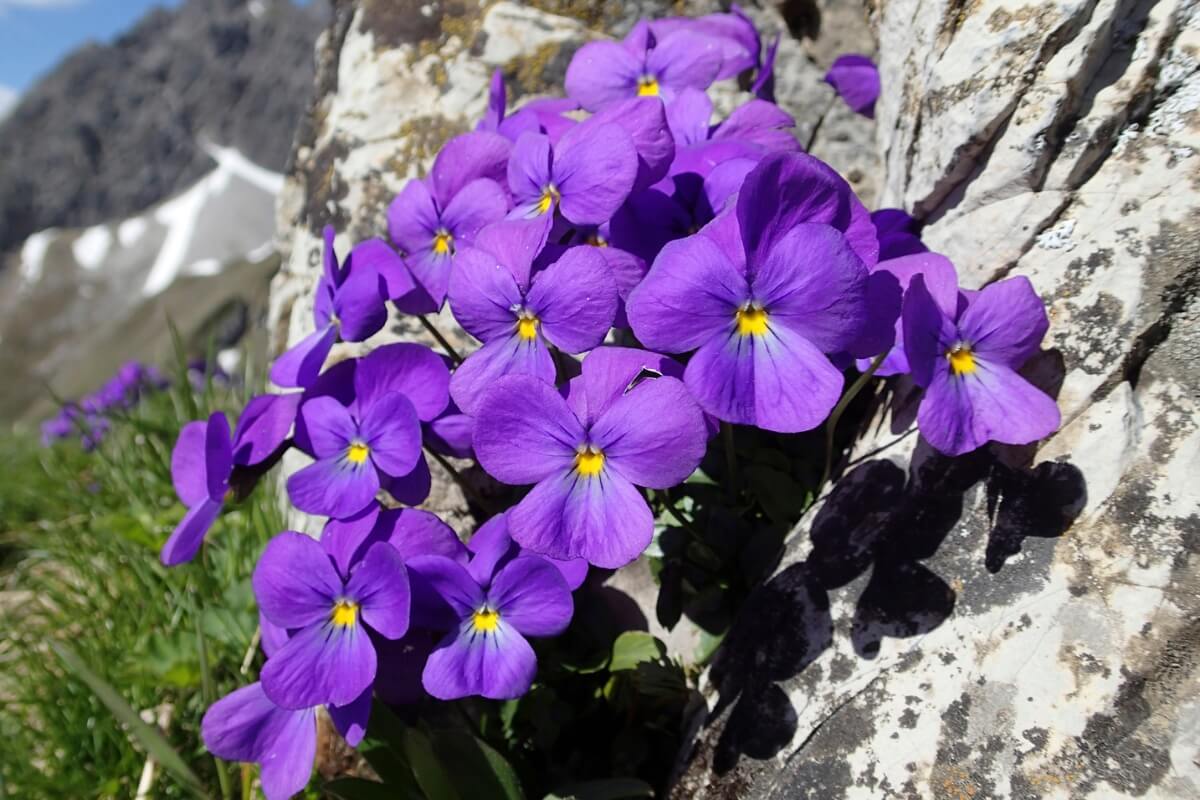
It is always advisable to consult a healthcare professional or qualified herbalist before using Alpine Pansy for medicinal purposes, to obtain appropriate advice and avoid any adverse effects. These emblematic flowers are part of Switzerland's natural heritage and contribute to its natural beauty.
The Importance of Native Flowers
Native flowers play a crucial role in the Swiss ecosystem. They provide food and shelter for many species of insects, birds, and wildlife. They also contribute to maintaining ecological balance by attracting pollinators and promoting plant reproduction. By encouraging the preservation of local species, we safeguard Switzerland's unique biodiversity.
FAQs about Flowers in Switzerland
1. What are the iconic flowers of Switzerland ?
Switzerland is known for its iconic flowers such as edelweiss, gentian, Alpine lily, oxeye daisy, and many more.
2. Where can you find Switzerland's iconic flowers ?
These flowers can be found in alpine meadows, valleys, forests, and botanical gardens in Switzerland. However, it is important to note that most native species are protected, which is why you will not find them in our selection of flowers.
3. Why is it important to preserve native flowers ?
Preserving native flowers is essential to maintain biodiversity, preserve ecological balance, and protect endangered species in Switzerland.
Ce contenu pourrait aussi vous intéresser
-
 The rose: zoom on its symbolism and colors
Read morePosté dans : Cultural point18/01/2021
The rose: zoom on its symbolism and colors
Read morePosté dans : Cultural point18/01/2021 -
 Bouquet of Roses: Origins and Popular Varieties
Read morePosté dans : Cultural point02/08/2023
Bouquet of Roses: Origins and Popular Varieties
Read morePosté dans : Cultural point02/08/2023 -
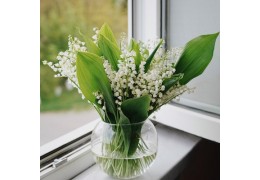 The origins of the tradition of offering lily of the valley on May 1st
Read morePosté dans : Cultural point10/07/2023
The origins of the tradition of offering lily of the valley on May 1st
Read morePosté dans : Cultural point10/07/2023

